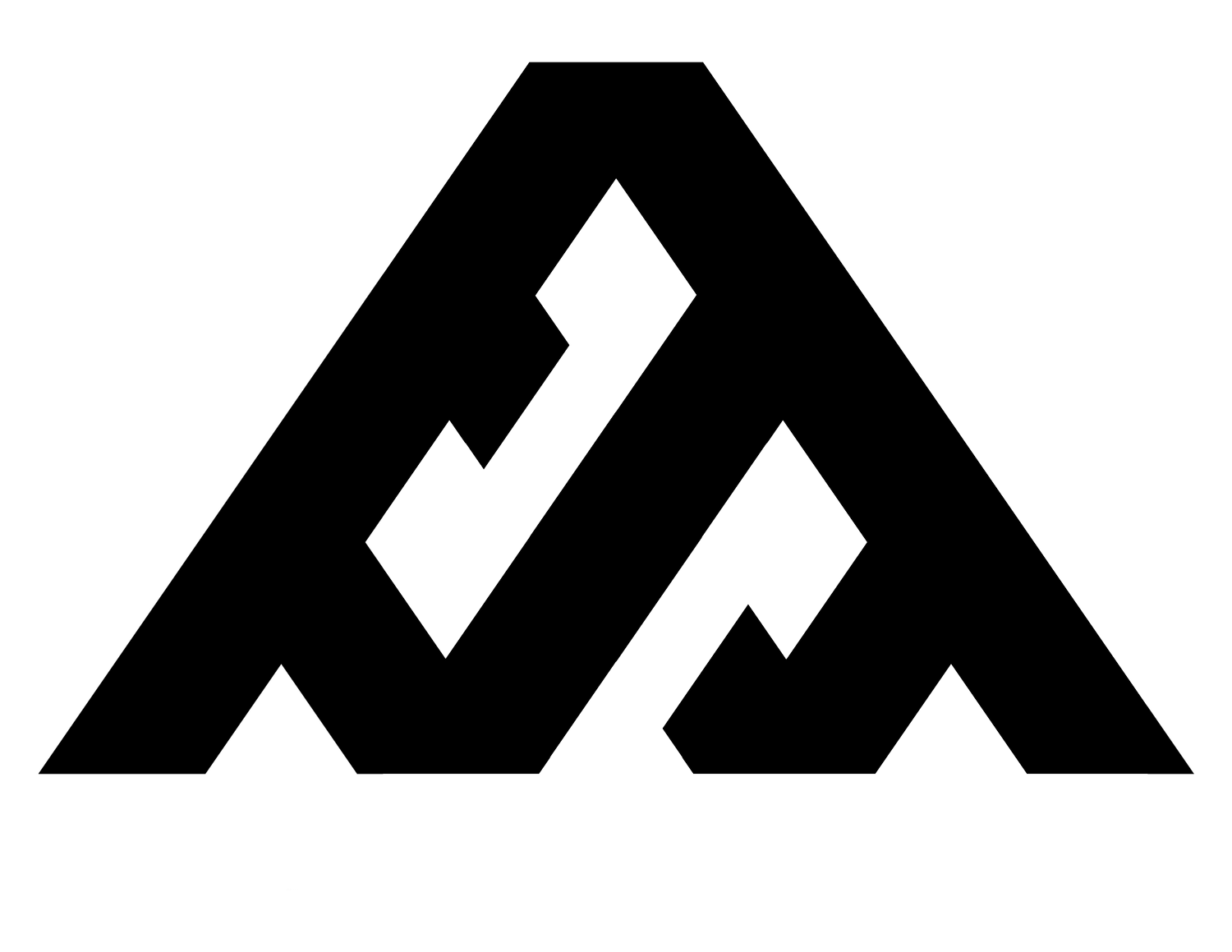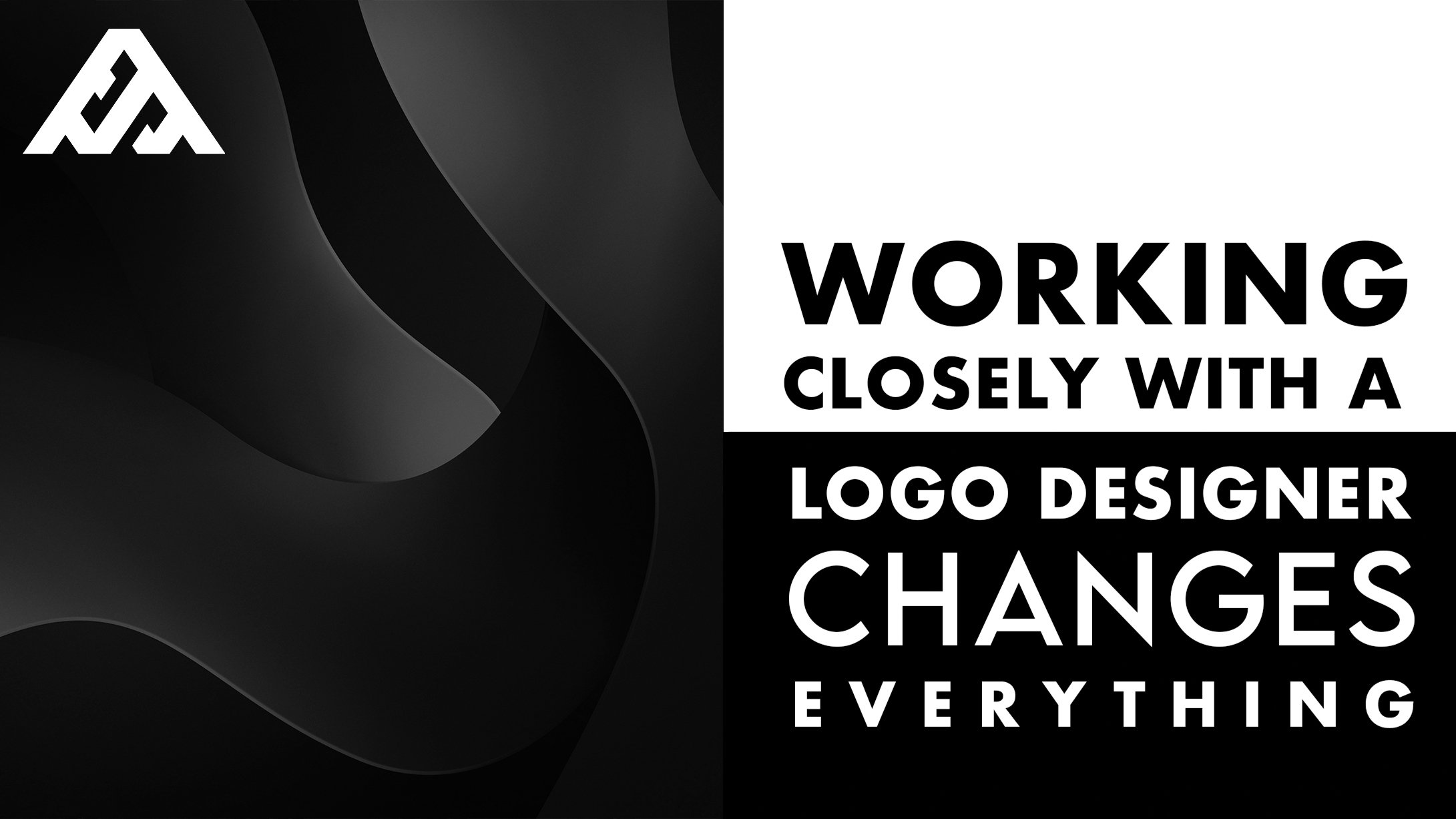WORKING CLOSELY WITH A LOGO DESIGNER CHANGES EVERYTHING
The Power of Collaborative Logo Design: Crafting Brand Identity Through Partnership
In the bustling realm of business, where first impressions are paramount, a logo serves as the visual cornerstone of a brand's identity. It's the symbol that encapsulates the essence, values, and aspirations of a business, making it a crucial asset in establishing a memorable and impactful presence in the market. However, the journey towards crafting a compelling logo isn't one that should be embarked upon solo. Instead, the power of collaborative logo design emerges as a transformative force, offering businesses the opportunity to forge a visual identity that resonates deeply with their target audience.
Collaborative logo design embodies the notion of teamwork, where business owners and designers join forces to translate abstract ideas into tangible visual representations. This collaborative approach transcends the traditional client-designer relationship, fostering a partnership built on communication, creativity, and shared vision. Through open dialogue and active engagement, businesses can harness the expertise of designers to bring their brand identity to life, ensuring that every curve, color, and element reflects their unique essence.
One of the primary benefits of collaborative logo design lies in its ability to capture the authentic identity of a business. Unlike off-the-shelf solutions or generic templates, custom-designed logos are tailored to encapsulate the distinct personality and values of a brand. By working closely with a designer, businesses can delve deep into their story, values, and aspirations, allowing for the creation of a logo that not only looks visually appealing but also communicates a compelling narrative to their audience.
Moreover, collaborative logo design fosters a sense of ownership and pride within the business. Rather than merely receiving a finished product, businesses actively participate in the creative process, providing feedback, insights, and suggestions along the way. This sense of involvement not only ensures that the final logo aligns with their vision but also instills a deeper connection to the brand identity, fostering a sense of ownership and commitment among stakeholders.
Additionally, collaborative logo design promotes innovation and creativity. By leveraging the diverse perspectives and expertise of both the business owner and the designer, new ideas can flourish, pushing the boundaries of traditional design norms. This synergy of creativity often leads to the development of unique and innovative solutions, setting the brand apart in a crowded marketplace and leaving a lasting impression on consumers.
Furthermore, the collaborative nature of logo design promotes efficiency and effectiveness. Through clear communication and shared goals, businesses can streamline the design process, minimizing the need for extensive revisions and iterations. This not only saves time and resources but also ensures that the final logo accurately reflects the brand identity, effectively resonating with the target audience from the outset.
Tailored Design Solutions: Customizing to Your Needs
In the realm of logo design, one size does not fit all. Every business is unique, with its own set of values, personality, and objectives. Therefore, it's essential for businesses to seek tailored design solutions that align with their specific needs and aspirations. From startups carving out their niche to established brands looking to refresh their image, customized design solutions offer a myriad of benefits that go beyond aesthetics. By working closely with a designer, businesses can receive personalized attention and bespoke designs that not only reflect their identity but also resonate deeply with their target audience.
One of the primary benefits of tailored design solutions lies in their ability to capture the essence of the brand. Unlike generic templates or off-the-shelf solutions, custom-designed logos are crafted with the unique identity and values of the business in mind. By collaborating closely with a designer, businesses can articulate their brand story, values, and aspirations, providing designers with invaluable insights to inform the design process. This personalized approach ensures that every aspect of the logo—from its colors and typography to its shapes and symbols—reflects the essence of the brand, forging a strong and authentic connection with the audience.
Furthermore, tailored design solutions offer businesses the flexibility to express their creativity and individuality. Rather than conforming to preconceived notions or industry trends, custom-designed logos allow businesses to push the boundaries of design, exploring innovative concepts and visual styles that set them apart from the competition. By working closely with a designer, businesses can experiment with different ideas and iterations, tailoring the design to their preferences and objectives. This freedom of expression not only fosters creativity but also ensures that the final logo is a true reflection of the brand's personality and vision.
Moreover, tailored design solutions are inherently scalable and adaptable to the evolving needs of the business. Whether it's expanding into new markets, launching a new product line, or repositioning the brand, custom-designed logos can easily evolve and grow alongside the business. By establishing a strong foundation rooted in the brand's identity, businesses can seamlessly integrate changes and updates into their visual identity, maintaining consistency and coherence across all touchpoints. This agility ensures that the logo remains relevant and impactful, resonating with the audience at every stage of the brand's journey.
Collaborating closely with a designer also ensures that businesses receive personalized attention and dedicated support throughout the design process. Designers act as trusted partners, guiding businesses through each stage of the design journey—from initial brainstorming sessions to final revisions and iterations. This hands-on approach allows businesses to provide feedback, share insights, and actively participate in the creative process, ensuring that their vision is brought to life with precision and care.
Feedback and Iteration: Refining the Vision
In the intricate dance of design, feedback and iteration serve as the guiding stars, illuminating the path towards excellence. Nowhere is this more evident than in the realm of logo design, where the journey from concept to completion is marked by a series of refinements and adjustments. Feedback and iteration play a pivotal role in this process, fostering open communication, encouraging collaboration, and ultimately, refining the vision to create a logo that resonates deeply with the client's expectations.
At its core, feedback is a dialogue—a two-way exchange of ideas, insights, and perspectives. It provides designers with invaluable insights into the client's preferences, objectives, and vision, guiding them in the creation of a logo that aligns with the brand's identity and resonates with its target audience. By soliciting feedback early and often, designers can ensure that they are on the right track, addressing any concerns or preferences before they become entrenched in the design.
Collaborating with a designer facilitates open communication and constructive feedback throughout the design process. Designers act as partners, guiding clients through each stage of the journey—from initial concepts to final revisions and iterations. Through regular check-ins and updates, clients have the opportunity to provide feedback, share insights, and articulate their vision with clarity and precision. This collaborative approach fosters a sense of ownership and investment in the design, as clients actively participate in the creative process and see their input reflected in the final product.
Moreover, feedback serves as a catalyst for iterative refinement, driving the evolution of the design towards its optimal form. Each round of feedback offers an opportunity to refine and improve upon the initial concept, incorporating suggestions, addressing concerns, and exploring new ideas. This iterative approach allows designers to experiment with different elements, test variations, and fine-tune the design until it achieves the desired outcome. Through a process of trial and error, the design gradually takes shape, becoming more polished, cohesive, and impactful with each iteration.
Furthermore, feedback and iteration ensure that the final logo is not only visually appealing but also strategically sound. By soliciting feedback from stakeholders and incorporating their input into the design, designers can ensure that the logo effectively communicates the brand's identity, values, and messaging. This alignment between design and strategy is essential in creating a logo that resonates with the target audience, fostering brand recognition, loyalty, and engagement.

